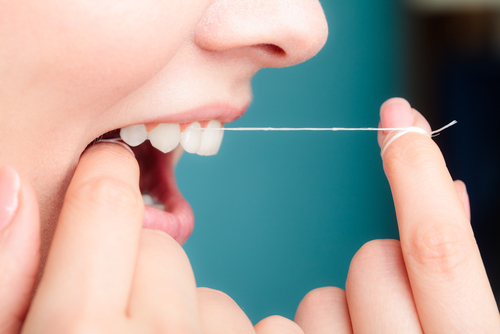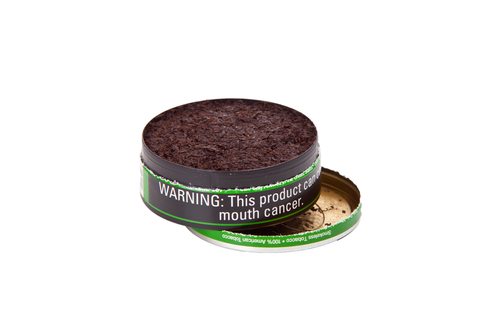Gum Disease Treatment: Tips and Tricks
Gum Disease Treatment: Tips and Tricks
You’ve most likely heard of the condition called “gingivitis.” It’s the earliest phase of gum disease – which is, in turn, the inflammation or swelling of the tissues (gums) providing support to our teeth. In today’s post, we’ll talk about gum disease treatment, symptoms, and prevention.
You’ve most likely heard of the condition called “gingivitis.” It’s the earliest phase of gum disease – which is, in turn, the inflammation or swelling of the tissues (gums) providing support to our teeth. In today’s post, we’ll talk about gum disease treatment, symptoms, and prevention.
Poor Dental Hygiene
As you’ve probably guessed, gum disease or gingivitis is caused by poor dental hygiene. The initial stage of gum disease is a common condition, yet it varies broadly in severity.
This condition is often characterized by swollen gums that bleed during brushing or flossing. It’s a common misconception that gingivitis is the same as periodontitis. We’re here to tell you that it’s not.
Gingivitis precedes periodontitis, which is the more severe condition of gum disease. Periodontitis also requires more extensive gum disease treatment.
Gum Disease: The Beginning
When food debris gets mixed with the saliva in our mouth, there are bacteria there that form dental plaque, which then sticks to the teeth.
If we don’t properly brush and floss our teeth, the dental plaque gets retained and will start to mineralize, forming tartar. Tartar, also called calculus, is a hard material that can only be removed by dental cleaning from a professional.

Tartar, even dental plaque, is filled with toxic agents and harmful bacteria. If we don’t do regular toothbrushing and flossing, tartar and dental plaque will severely irritate the gums – which will prompt us to get gum disease treatment. If not treated right away, the condition will extend to the bone – leading to periodontitis.
Gingivitis and Periodontitis
Gingivitis, as we mentioned above, is the inflammation or swelling of the gums. On the other hand, periodontitis takes place when the bone under the gums get infected.
When the bone below the gums around the teeth gets infected, a recession of the gums will follow. This condition is called attachment loss. During attachment loss, deep gum pockets form, which inevitably will collect bacteria and plaque.
The more the gums recede, the more difficult it will be to keep the gum pockets clean. Because of this, more and more bacteria and plaque will develop in the gum pockets.
Gum Disease Causes

- Improper dental hygiene makes way for bacteria and plaque to form, leading us to seek gum disease treatment. Here are the other common causes of gum disease.
- Chewing tobacco and smoking. If you already have gum disease and you continue to smoke or chew tobacco, your gums won’t heal.
- Overlapping or crooked teeth make way for more plaque to develop and accumulate.
- Hormonal changes are commonly associated with gingivitis. The changes (more of the increase) in hormones lead to the blood vessels in the gums to more at risk of chemical and bacteria attacks. During puberty, for instance, up to 90% of individuals may develop gingivitis at this stage.
- Cancer, and even cancer treatment, can make a person at risk for gum infections and gum disease.
- Drinking alcohol.
- Stress, whether it’s physical, emotional, or mental, impairs our body’s immune system, leaving us susceptible to bacterial invasion.
- Mouth breathing is not ideal for the gums.
- Poor eating habits or a diet that mainly consists of sugar or foods high in carbohydrates can lead to the formation of dental plaque. If your body notably lacks Vitamin C, your body can’t heal quickly.
- Anti-seizure medications.
- No regular dental treatment.
Gum Disease Treatment
Prevention is the best gum disease treatment. Make sure you are brushing and flossing your teeth correctly every day. On top of these good daily dental habits, you must always go to your regular dental appointment for check-ups and cleaning.
Your dentist can also measure your gums, take dental X-rays, and carefully examine your teeth and gums to check their overall condition.
